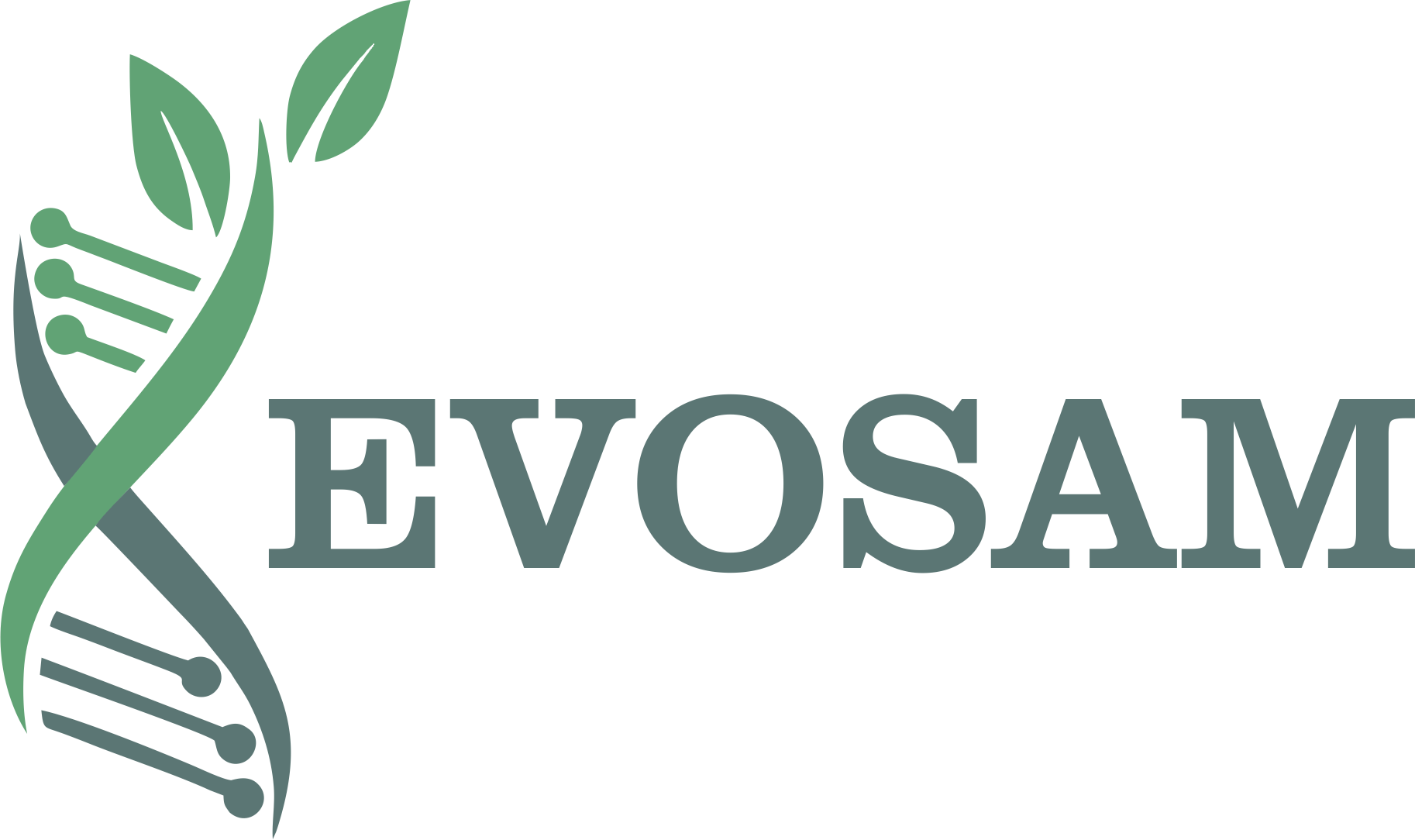Liquid extraction
Basic steps and principles of operation
Liquid extraction is the process of extracting useful components from a solid or liquid material using a solvent. This method is widely used in various industries such as pharmaceuticals, food industry, chemical and petrochemical industry.
1
Pretreatment of raw materials
The solid is finely ground or crushed into smaller particles to increase the interaction surface between the solid and the extracting liquid.
Read more2
Extracting
The ground solid is placed in contact with an extracting liquid, which dissolves the components from the solid.
Read more3
Separation
The resulting solution is separated from the unextracted residual solids. This can be done by filtration, centrifugation or sedimentation.
Read more4
Cleaning
If required, the resulting solution can be further purified, for example by distillation or extraction with other solvents.
Read more5
6
Liquid extraction is a complex and multi-step process to extract useful components from various raw materials. The choice of methods and parameters in each step depends on the characteristics of the raw material, the target components and the requirements for the final product. Due to its flexibility and efficiency, this approach is used in a wide variety of industries to produce a high-quality product.
Pretreatment of raw materials
The raw material is pretreated before the extraction process begins. This is necessary to facilitate the subsequent steps and improve the efficiency of the process. The pretreatment can include crushing, grinding, sieving or other raw material preparation methods. In this way, the contact surface with the solvent is increased, which ensures a more efficient extraction of the target components.
Extracting
In this step, the feedstock is mixed with a solvent that is chosen based on the chemical structure and properties of the components to be extracted. Extraction can take place at different temperatures and pressures, depending on the characteristics of the raw material and the requirements for the final product. The result is an extract containing the target components.
Separation
After extraction, the resulting extract is separated. The purpose of this step is to separate the solvent from the solid phase and obtain a suspension or emulsion. The separation can take place by filtration, centrifugation, precipitation or other methods, depending on the characteristics of the mixture and the purity requirements of the final product.
Cleaning
The purification step removes unwanted impurities and contaminants such as insoluble particles, organic and inorganic compounds from the suspension or emulsion. Purification can be by clarification, filtration, coagulation, precipitation or other methods. The choice of purification method depends on the characteristics of the mixture and the quality requirements of the final product.
Concentration
After purification, the mixture is concentrated to increase the content of the target components and reduce the solvent volume. Concentration methods can include evaporation, distillation, ultrafiltration, osmotic concentration, etc. The choice of a particular method depends on the properties of the solvent and the target components as well as the requirements for the final product.
Drying
The final step in liquid extraction is drying of the concentrated product. Drying can be performed by different methods, including spray drying, vacuum drying, fluidization drying, etc. The choice of drying method depends on the physical and chemical properties of the target components and the requirements for the shape of the final product. Drying results in a dry powder or granules containing the extracted target components.


